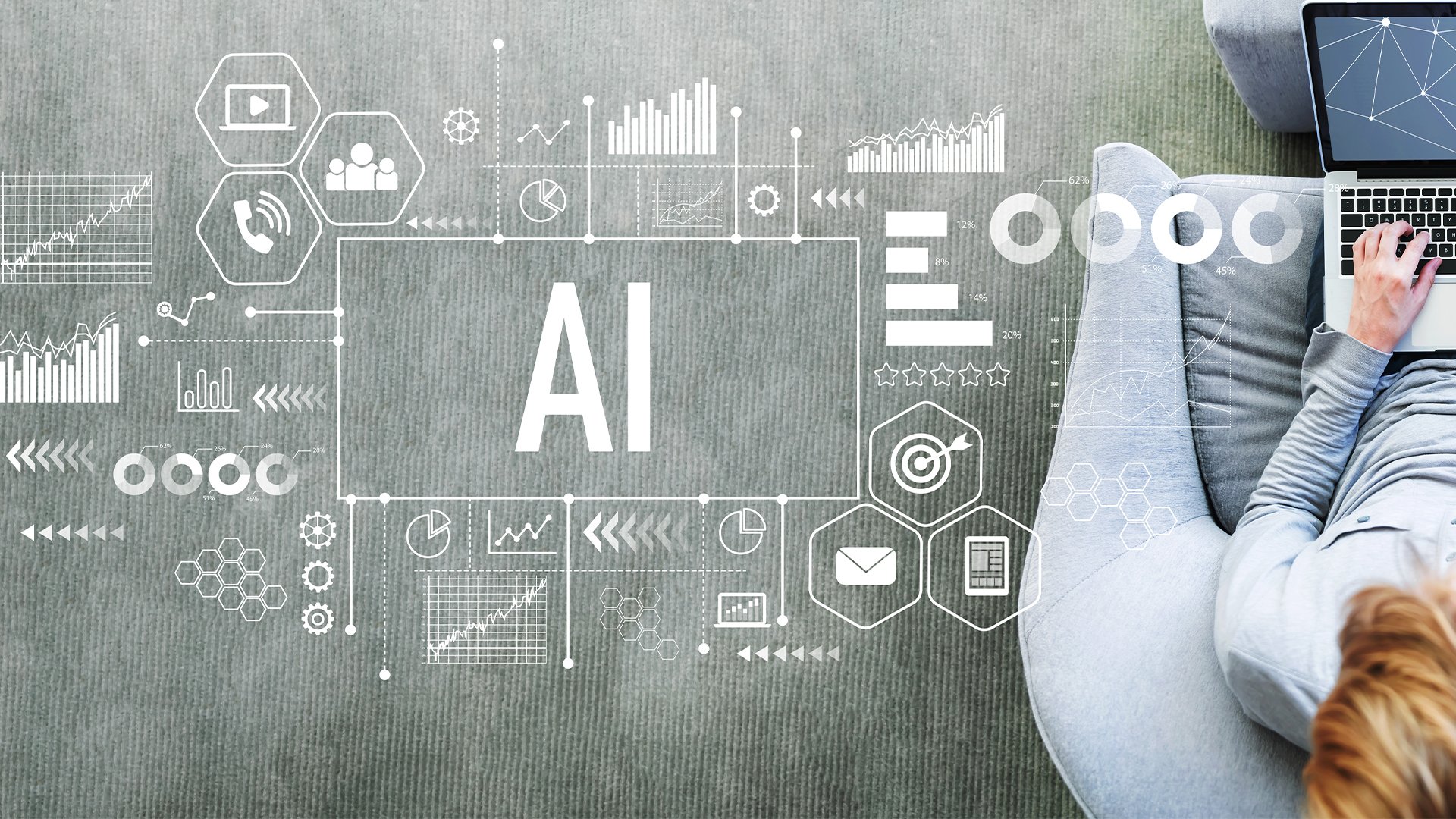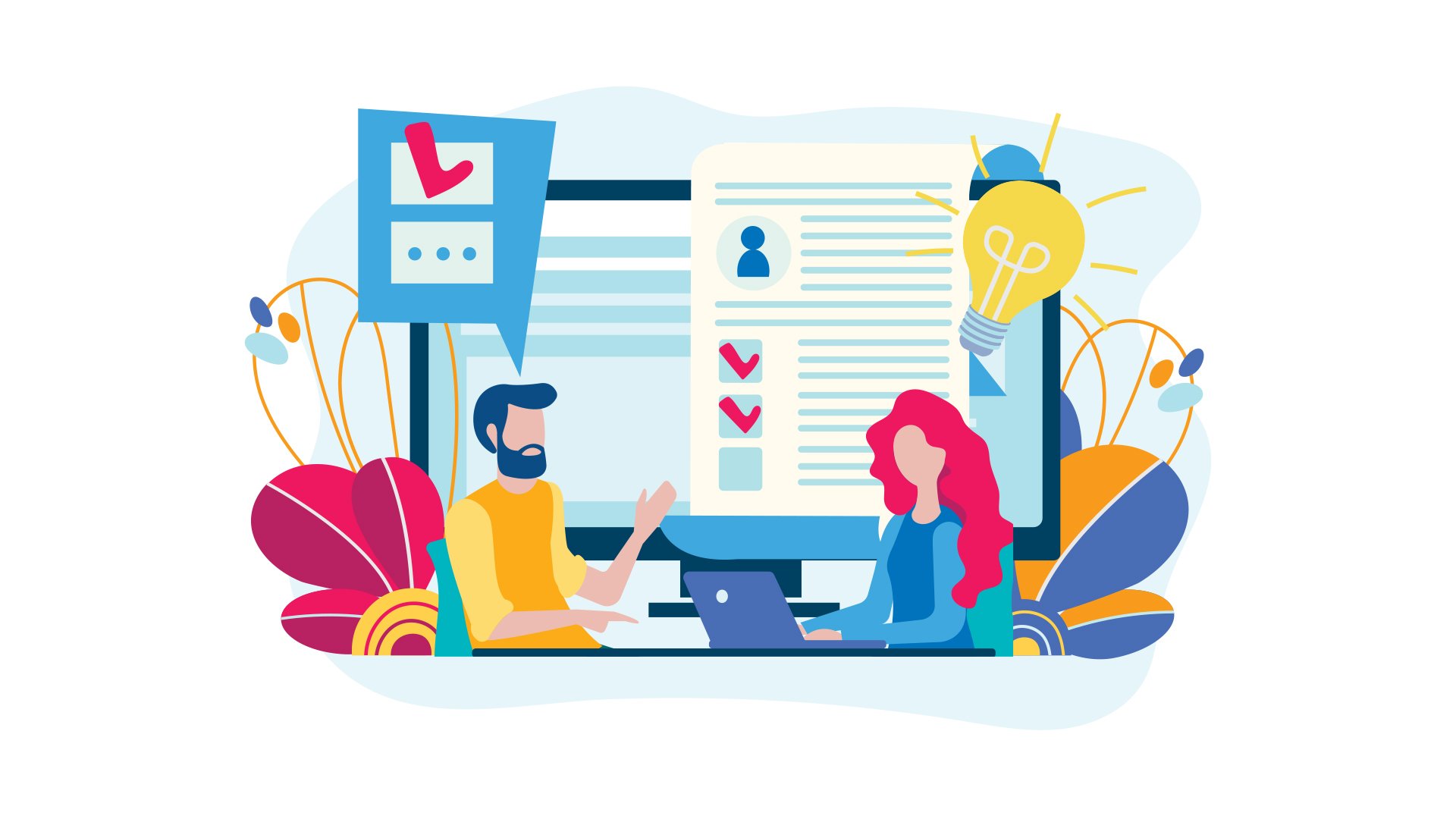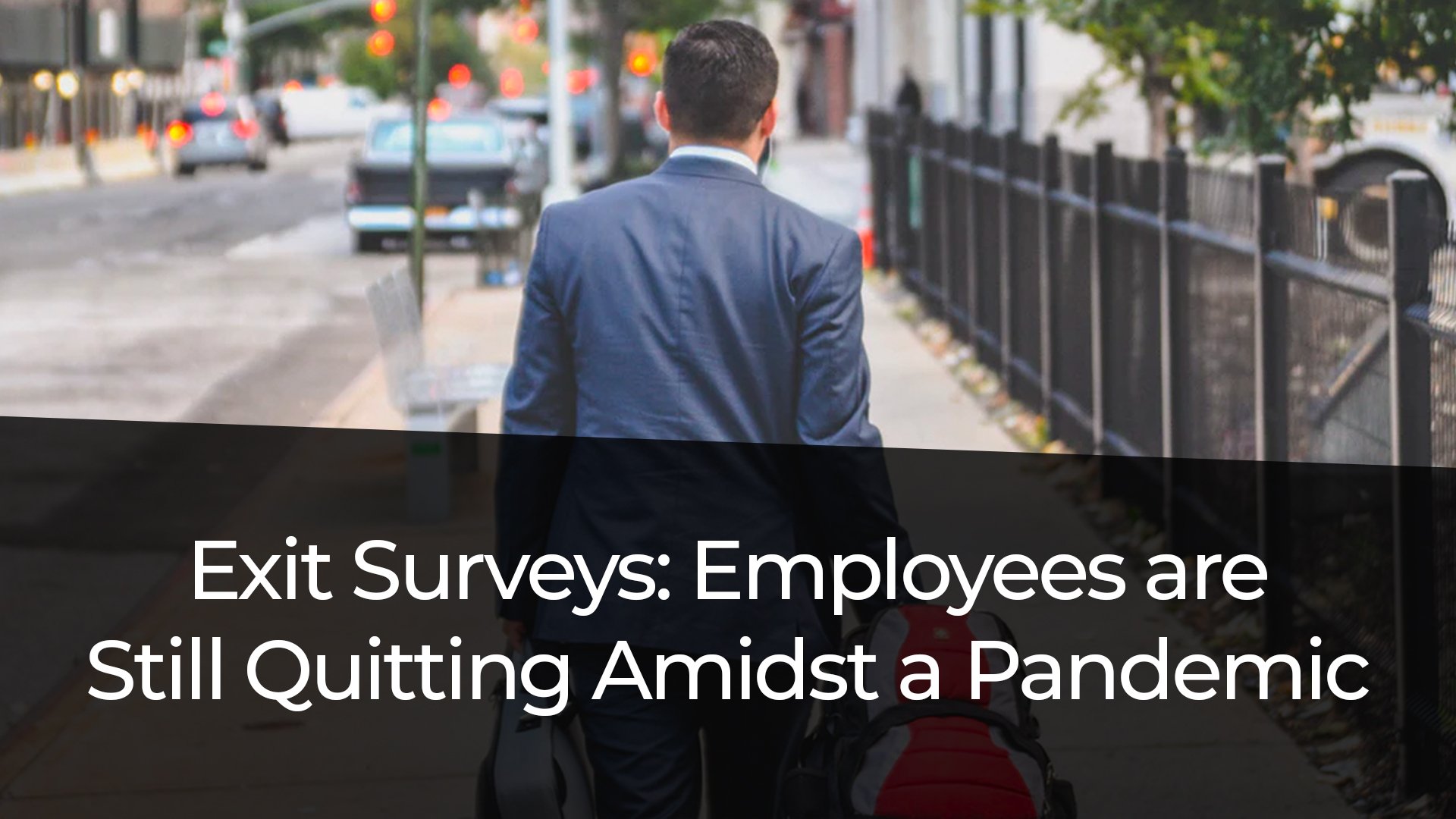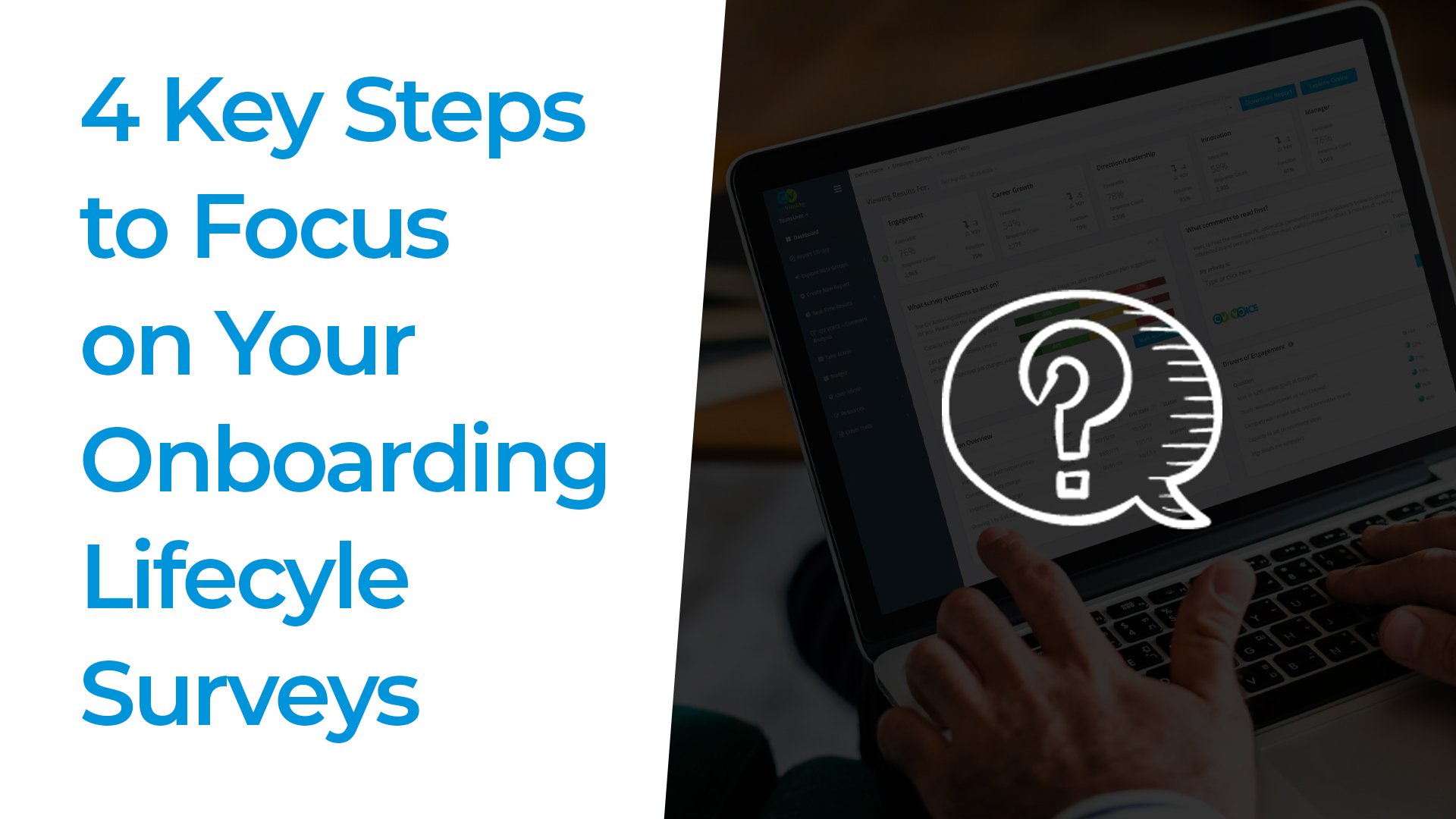
Artificial intelligence has infiltrated many industries, but its full potential – and possible pitfalls – are still being identified within employee surveys.
Scientists are starting to explore how AI can help companies solicit, interpret, and act on employee feedback. At OrgVitality, AI methods fuel some of our newest tools, including our Nudge Engine and Action Prioritization tool, which enable organizations to drive action at scale. These tools help focus managers on the actions most likely to impact the organization. We also deploy our OV VOICE – the Value-Optimized, Intelligent Comment Extractor – to sort through mounds of comments and assign a “Usefulness Quotient” to the most helpful and actionable items.
As technology that powers AI develops so rapidly, it’s important to remember that when it comes to employee research, there’s a critical blend of art and science.
Unlike mathematics, for example, there is rarely one correct answer. The work we do as industrial organizational psychologists has so many variables; fully understanding employee feedback requires human understanding. For example, did your employee have an argument with a co-worker right before taking a survey? Is the manager receiving a report worried about job security? Human beings bring insights to these discussions that machines may not.
We all assume that AI handles data in a more objective and scientific way than a human analyst, but that only works if we fully understand the problem we are trying to solve, which often is not the case. AI is great at scaling – handling huge volumes of complex data that humans can’t – but only when we are correctly matching useful data sources to the question at hand. If we throw AI at problems without being thoughtful, it will find something, but it won’t necessarily solve the problem, and can even make the outcome worse. Additionally, AI only works with the data you provide. Unfocused survey questions, incomplete networks, or even human biases in the dependent variable can create a situation where machine learning goes awry.
We can use AI in our organizational development efforts, but it must be done carefully, especially when it comes to analyzing survey results.
AI works through machine learning, and can see patterns or relationships that people may not have noticed. Yet it would be a disservice to your organization to use a formulaic approach to survey interpretation because there are limits and biases to what the machines can understand, interpret, and analyze.
So how do you incorporate AI into organizational development work?
We need employee insights, and artificial intelligence can aid us in this pursuit. At OrgVitality, we are developing ways that AI can aid action planning efforts. But ultimately, we can’t outsource this work to the machines completely. AI should be used carefully to help you solicit, sort, or identify relationships you may not have noticed. A human eye can help place the feedback into a narrative, painting a more accurate portrait of your organization’s areas of strengths, challenges, and potential opportunities. Interested in learning more?
Author

Dr. Victoria Hendrickson is a partner and vice president in the consulting department at OrgVitality. She works to strategically design and administer employee surveys, customer surveys and linkage research. Across these tools, she works to gather data that helps leaders address their organization’s unique strategic challenges and to present findings as an insightful story that guides meaningful change. Victoria comes to OrgVitality with a background in organizational development and leadership development. She conducts applied research on topics of survey comments and organizational ambidexterity and regularly presents at national and international conferences. Victoria received her undergraduate degree in Social Psychology from Saint Mary’s College of California, and her Ph.D. in Organizational Psychology at Alliant International University.






